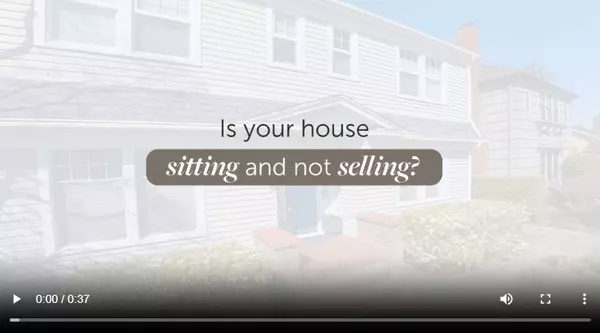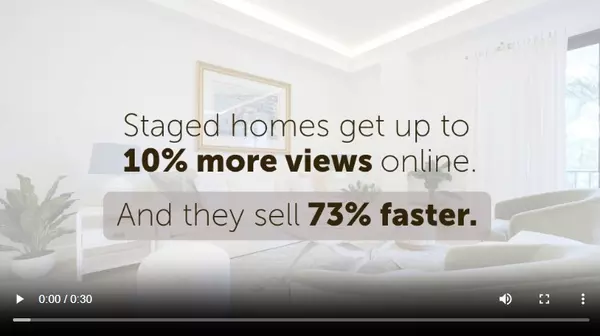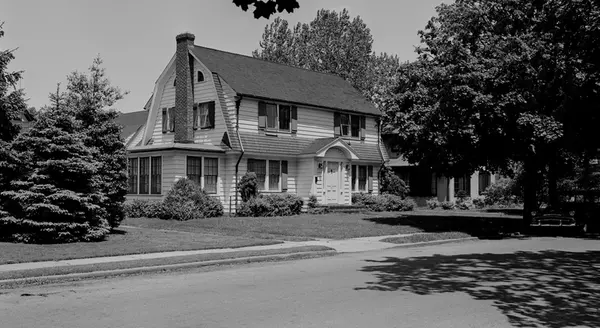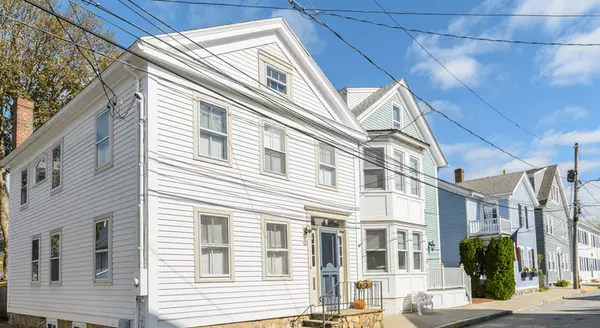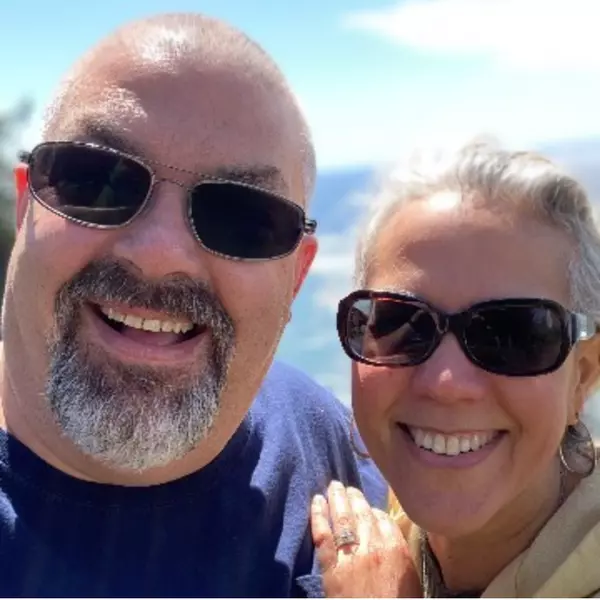How to Create a Home Buying Budget That Works for You
How to Create a Home Buying Budget That Works for You
Are you ready to take the exciting leap into homeownership? One of the most important steps in this journey is creating a budget that fits your financial situation. Whether you’re a first-time buyer or looking to upgrade, having a solid budget can make the process smoother and help you achieve your dream home. Here’s how to get started.
1. Assess Your Financial Situation
Income: Begin by calculating your total monthly income. This includes your salary, any bonuses, and additional income sources.
Expenses: Next, list all your monthly expenses. Be thorough—include rent, utilities, groceries, transportation, and any debts like student loans or credit cards. Understanding your spending habits is crucial for effective budgeting.
2. Determine Your Down Payment
Savings Goals: Aim for a down payment that typically ranges from 3% to 20% of the home’s purchase price, depending on the type of mortgage you choose. Set a savings goal and timeline to help you reach this target.
Explore Assistance Programs: Look into first-time homebuyer programs available in your area that may offer down payment assistance or grants. These can significantly ease your financial burden.
3. Calculate Additional Costs
Closing Costs: Don’t forget to factor in closing costs, which can range from 2% to 5% of the home’s purchase price. These costs include fees for inspections, appraisals, and title insurance.
Ongoing Costs: Consider ongoing costs such as property taxes, homeowners insurance, and maintenance expenses. A good rule of thumb is to budget about 1% of the home’s value for maintenance each year to keep your property in top shape.
4. Understand Mortgage Options
Pre-Approval: Getting pre-approved for a mortgage is a smart move. It gives you a clear idea of how much you can borrow and what your monthly payments will look like.
Monthly Payments: Use online mortgage calculators to estimate your monthly payments based on different loan amounts and interest rates. This will help you understand what fits within your budget.
5. Create a Monthly Budget
Budgeting Tools: Utilize budgeting apps or spreadsheets to track your income and expenses. Allocate funds for your mortgage, insurance, utilities, and savings for future expenses.
Debt-to-Income Ratio: Aim for a debt-to-income (DTI) ratio of 36% or less. This means that your total debt payments, including your mortgage, should not exceed this percentage of your gross monthly income.
6. Plan for the Future
Emergency Fund: Set aside 3-6 months’ worth of living expenses in an emergency fund. This will provide a financial cushion for unexpected repairs or job changes.
Lifestyle Changes: Consider how owning a home may affect your lifestyle and budget. You might want to adjust discretionary spending to accommodate new expenses that come with homeownership.
7. Review and Adjust Regularly
Monthly Check-Ins: Regularly review your budget to track your progress toward your savings goals and make adjustments as needed. This helps you stay on track and avoid any financial surprises.
Stay Flexible: Life is full of changes, so be prepared to adapt your budget as your situation evolves. Whether it’s an increase in income or unexpected expenses, flexibility is key.
Conclusion
Creating a budget for your first home purchase is essential for a smooth transition into homeownership. By following these steps, you’ll be well on your way to achieving your dream home while maintaining financial stability. Remember, take your time, do your research, and don’t hesitate to seek advice from financial professionals when needed.
Ready to start your home buying journey? Let’s chat about how I can help you navigate the market in Vancouver, WA!
Categories
- All Blogs (484)
- For Sale By Owner (15)
- Local Events (6)
- Affordability (33)
- Agent Value (89)
- Buying Tips (200)
- Clark County Housing (4)
- Closing Costs (1)
- Community Support (1)
- Debt-Free Living, (1)
- Design (8)
- Downsize (7)
- Economy (24)
- Equity (24)
- Financial Planning (33)
- First-Time Home Buyer (144)
- For Sale by Owner (3)
- Forecasts (15)
- Foreclosures (4)
- Foster Care Resrources (1)
- Fun Tips (5)
- Giving Back (1)
- Home Buying (249)
- Home Inspections (1)
- Home Prep & Staging (2)
- Home Prices (68)
- Home Selling (181)
- Home Value (2)
- Inventory (36)
- Listing Strategy (1)
- Local (25)
- Local Non-Profits (1)
- Luxury / Vacation (1)
- Market Update (37)
- Mortgage (54)
- Move-Up (4)
- New Construction (8)
- Newsletter (9)
- Open House (1)
- Portland OR (6)
- Portland OR Affordability (3)
- Portland OR Home Buying (3)
- Portland OR Homes (8)
- Portland OR Real Estate (20)
- Portland OR Seller Tips (2)
- Portland-Vancouver Home Value (3)
- Portland-Vancouver Inventory (3)
- Real Estate Investing (7)
- Rent vs Buy (8)
- Restaurant Reviews (5)
- Seasonal (11)
- selling tips (129)
- Technology (1)
- Teens & Young Adults (11)
- Trends (15)
- Vancouver WA (6)
- Vancouver WA Affordability (3)
- Vancouver WA Home Buying (5)
- Vancouver WA Real Estate (26)
- Vancouver WA Selling Tips (5)
- Wealth Building (12)
Recent Posts



